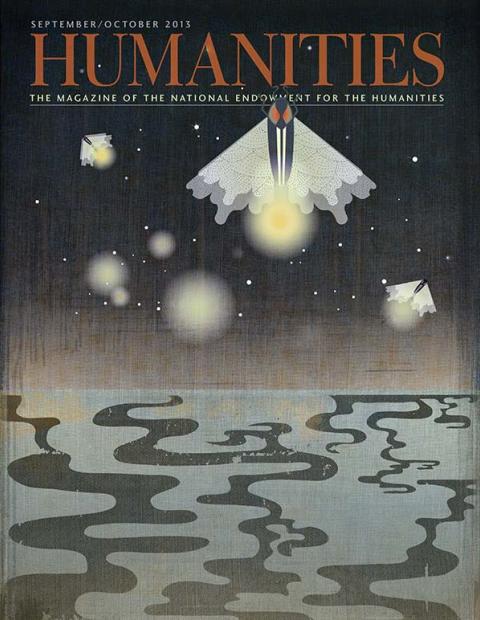Gustav Mahler, born in 1860, composed symphonies filled with, by turns, “optimism and hopelessness.” These days, audiences, conductors, and orchestras around the world are favorably responsive to such conflict in his work. This reception was not generally the case during his lifetime, however, especially in the Viennese press.
Mahler grew up in a small town in Bohemia, hearing folk songs and martial airs with a strong percussive beat that profoundly influenced his career and music. In all, he composed ten symphonic works, many of which received reviews that were either mixed or hostile. When, in 1897, during the vibrant movement in the arts known as the Vienna Secession, he rose to the highest ranks of his profession, conductor of the Hofoper—the Vienna Court Opera—he was regarded not only as the bridge between late Romantic and modernist music that he was, but as a Jew as well, which determined how his compositions were reviewed by critics, and heard by many concert goers.
Vienna at this time had an antisemitic municipal government in place, led by its Christian Socialist mayor, Karl Lueger. When Mahler was appointed to his post at the Hofoper, one newspaper questioned the decision “to appoint a Jew to the German Opera of a city in which a strong movement against the fearsome Jewification of art is just cutting a path.” In Vienna generally, however—in spite of such incendiary rhetoric—the antisemitism directed against Mahler was tacit, based on insidious allusions to perceived racial differences between Germans and Jews.
Much of this was due to the influence of Richard Wagner. When he penned Das Judentum in der Musik (Jewry in Music), he had in mind Mendelssohn and Meyerbeer, but later critics also applied the categories he devised therein to Mahler. Reviews often spoke of Mahler’s “folk-like” melodies as inauthentic, based on Wagner ’s assertion that Jews in Germany and Austria were outsiders who could never fully assimilate. Wagner had written that Jews could merely mimic German language and culture. K. M. Knittel, in her NEH-funded study, Seeing Mahler: Music and the Language of Antisemitism in Fin-de-Siècle Vienna, shows that critics, in fact, treated Wagner’s essay as a “handbook or guide for describing the music of Jewish composers, and that examination of Wagner’s language . . . can illuminate many of the earliest reviews of Mahler’s music, and perhaps the reviews of other Jewish composers as well.”
“Mahler,” writes Knittel, “by choosing to write symphonies, headed right into the storm.” After all, the symphony “was Beethoven par excellence.” Writing about Mahler’s First Symphony, one reviewer called it “a stylistic absurdity.” About the Third, another reviewer complained that the “theatrical effects” were difficult to understand. A further claim was that Mahler’s symphonies concealed an underlying program, which meant to critics that they were no symphonies at all. Robert Hirschfeld, observes Knittel, made the assertion that Mahler’s chromatic pitches “dress up an otherwise banal theme in symphonic clothing.” Hirschfeld also complained that “the parodistic treatment of the instruments in the D major Symphony seeks to take the individual instruments through unfamiliar registers and manipulations of all types of their natural sounds.” Nearly all critics saw Mahler ’s work as mere surface. Reviewers, even the Jewish Hirschfeld, Knittel finds in her study, “reveal ingrained beliefs regarding Jewish inferiority and difference.”
Richard Strauss, not a Jew, was, however, another modernist composer whose work was not treated gently by critics during this period. Knittel shows that in his case, though, “those musical choices that seemed to evoke Wagner’s categories were defensively explained away.” One critic observed, “Strauss seems to be cacophonous out of whimsical contradiction, Mahler, as it were, out of conviction.” Such comments were intended to save Strauss from the “taint of Jewishness.”
Philosopher Theodor Adorno, writing after World War II, was among the first to offer a critical reevaluation of Mahler. “Ultimately for Adorno,” writes Knittel, “Mahler ’s music is about despair, the inability to understand, the inability of a single person to change the course of events.” Knittel notes here, too, that “the image of Mahler the Jew (as opposed to Mahler the composer) lies just under the surface.”
Considering the wide appreciation of Mahler ’s music today and the early attempts to willfully misunderstand and quash it based on distrust and prejudice, the motto of the Vienna Secession may provide the best final word on the matter: To the age its art, to art its freedom.

